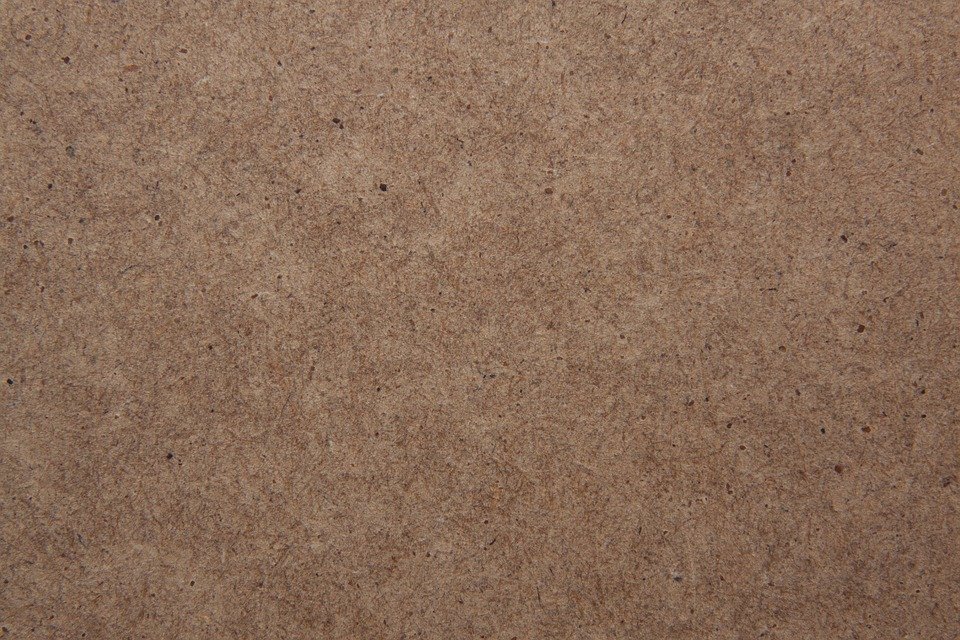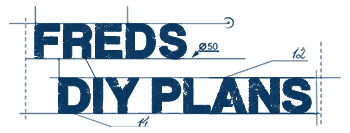In many DIY activities, people use plywood as board or panels to build diverse objects. Depending on the shape, the circumstances (dry / wet space, outside / inside) and your tastes, you will have to decide which type of plywood is best for your project.
In this DIY article, we’ll address the different types of plywood and their uses, characteristics and the advantages of each.

DIY: Plywood Uses and Types
Drywall Panels
They are available in various standard sizes, of which the 260x120cm format is the most common. To cover ceilings, the format of 120 out of 60 is more practical.
The most common thicknesses are 9.5mm and 12.5mm. The 9,5mm panels are suitable for covering ceilings and the 12,5mm for walls or crafts in the bathroom (in this case they should ideally be water-repellent).
Drywall panels have many properties, especially as they are universally applicable. Among these characteristics:
Water Repellent: Water-resistant drywall panel are the ideal material for wet rooms. Use them to build bathroom walls or as a support for shower tiling or as bathtub surrounds. These panels are also suitable for cooking. They are recognizable by their green color.
Vapor barrier: These panels are coated on one side with a vapor barrier layer. Very interesting for single storey ceilings or for the finishing of attics.
Anti-fire: Fire-resistant drywall is more resistant to heat and fire in case of fire. This material is interesting for example for an entrance hall.
Impact resistant: this is a plywood panel with increased strength. Ideal for places with additional requirements, such as reception hall walls, malls, bars…etc
The front of the pallet is normally recognizable by its lighter color.
When cutting a plasterboard pallet, it is necessary to use a universal knife or a saw.
Generally, plasterboards are screwed onto a wooden or metal structure using special screws for drywall. In some cases, these panels are glued directly to the wall with glue or fastened with special nails.
Advantages of drywall panels:
- Quick and easy install
- Smooth surface
- Wide field of application
- Excellent sound insulation
Wood-based Boards
The range of building boards whose main component is wood is huge. Some boards are very suitable for building, others are used as a finishing material. An overview of the most common wood-based building boards.
Triplex / Multiplex

These are plates consisting of three (triplex) or multiple (multiplex) layers of wood.
These layers are glued with the rib of the wood in the opposite direction to the other to form a solid set.
The thicker the panel, the stronger it is.
Triplex boards are good for interior finishes. You can also use a stronger multiplex board for exposed constructions (like a garden shed).
Secure the boards with screws.
Advantages of Triplex / Mutliplex:
- Stronger than solid wood of the same dimensions
- Available in a wide range of sizes
Concrete Plex Plywood
It is a multiplex panel or chipboard covered with a layer of epoxy.
This upper layer guarantees an unbreakable and waterproof finish.
The smooth surface of this top layer of concrete makes it ideal for making formwork for concrete pouring. At the time of stripping, the concrete is easily detached.
The concreteplex is used for the coating of trailers or commercial vehicles, as well as for the development of dog kennels and toboggans.
The concreteplex is available in various formats and with a top layer of different thicknesses.
Advantages of the concrete Plex Plywood:
- Stronger than solid wood of the same dimensions
- Available in a wide range of sizes
- Upper layer waterproof
- Smooth finish
Medium-density fibreboard [MDF]

MDF or medium-density fiberboard consists of compressed wood fibers and glue. After sawing, MDF seems less coarse than other wood fiber boards.
It is best known as a finishing material (for cabinets, boards, walls, skirting boards, doors…), but can also be used as a construction element.
MDF boards have different properties. There is water repellent and fireproof MDF boards. But you also have MDF specifically designed for outdoor applications and flooring.
Secure the MDF with screws. Make a pre-hole to prevent the material from cracking.
Finishing with a lacquer or paint, but you must first use a background paint (primer).
Advantages of MDF:
- Easy to implement
- Wear resistant
- Easy to saw, even for complex shapes (the sawn edge is clean)
- This material is well suited for milling operations
Oriented strand board [OSB]

Oriented Strand Board (OSB) boards consist of various layers of oriented wood slats and can be used for decorative purposes or as construction elements. This is one of the most universal types of building boards.
OSB sheets come in various qualities:
OSB / 1: for normal use in a dry environment, especially in decorative applications.
OSB / 2: for constructions subjected to loads in a dry environment.
OSB / 3: for constructions subjected to wet loads.
OSB / 4: for constructions subject to heavy loads in dry or wet conditions.
OSB is currently widely used as a floor covering, for example for laying tiling or laminate flooring.
Make pre-holes to prevent the plate from cracking.
Advantages of OSB:
- Solid
- Ecological production
- Wide scope for use
Chipboard (fibreboard)
The chipboard or fibreboard consists of wood fibers.
The structure is not smooth. This type of board is not a material with a beautiful finish. Its classic applications are: seat of floor, work plan of a workshop, storage cabinet in the garage…etc
Because of its fibrous structure, chipboard splits easily and is unsuitable in damp rooms, as it easily absorbs steam and moisture.
They are not easy to paint and several layers are necessary to obtain a good result.
Advantages of Chipboard:
- Cheap
- Various dimensions available
Hardboard
This is a thin panel of compressed wood fibers.
The Hardboard has a smooth side and a coarser side.
It exists in various thicknesses and is generally used as a floor cushion, but also very often as a coating material or as a cabinet base.
Advantages of Hardboard:
- Easy to implement
- Painted easily
- Solid
Furniture Boards
From a qualitative point of view, it is comparable to the triplex / multiplex panel.
This board consists of two thin outer layers between which is a thicker core; to obtain a rigid set.
One of the outer layers is sometimes coated with a thin layer of veneer.
Furniture panels are generally used to make furniture, but also shelves.
Advantages of Furniture Panels:
- Solid
- Durable
- Relatively cheap
- Wide field of application

That’s it,
Tell us in the comment section which plywood you prefer most and why?

